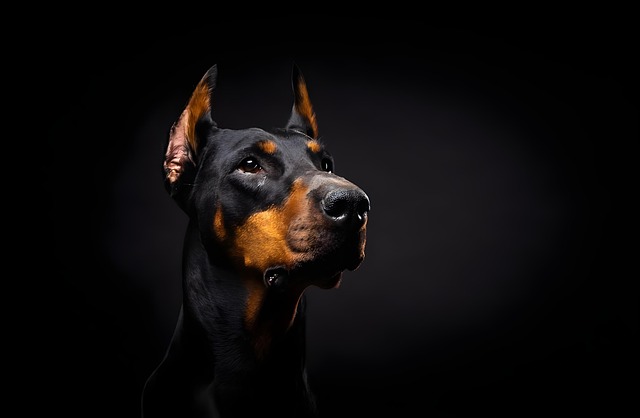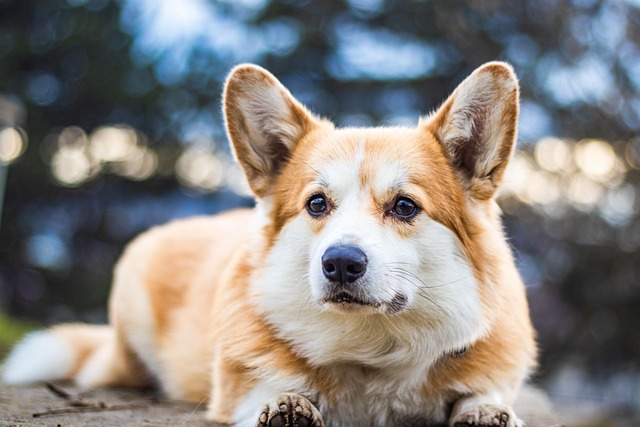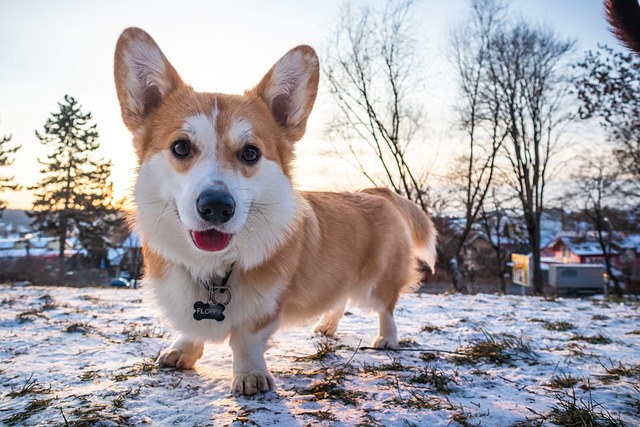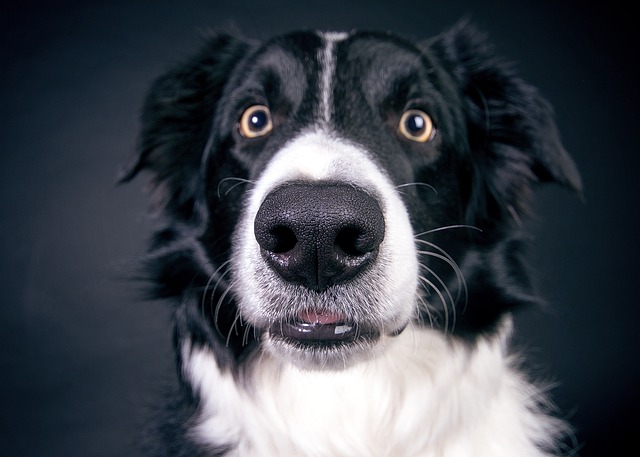
How to test for tetanus in dogs?
Tetanus in dogs often starts with subtle signs most owners miss—like a stiff jaw when grabbing a favorite chew toy or hesitation to climb stairs they once bounded up.
Seeing your beloved pup panting heavily on a scorching summer day can be terrifying. Unlike humans, dogs don't sweat efficiently through their skin - they rely primarily on panting to regulate body temperature. When this natural cooling system gets overwhelmed, overheating occurs, and recovery time becomes a race against the clock. The truth is, there's no universal answer to how long it takes for a dog to stop overheating. I've witnessed some bounce back within thirty minutes with proper care, while others needed veterinary intervention lasting hours.
You'll know your dog's in trouble when you see excessive panting that doesn't subside in shade, bright red gums, thick drool, or worse - stumbling and disorientation. These signs scream that their internal temperature has likely surpassed 103°F, the danger threshold. What many owners don't realize is that every minute counts after overheating begins. A dog's organs start cooking at cellular levels, literally. That's why understanding recovery variables isn't just academic - it's lifesaving knowledge.
Ever notice how your neighbor's bulldog struggles more in heat than your lanky greyhound? Breed characteristics dramatically impact overheating recovery time. Brachycephalic (short-nosed) breeds like pugs or boxers face anatomical disadvantages - their compressed airways hinder efficient panting. Age plays cruel tricks too; senior dogs and puppies lack robust thermoregulation. Then there's coat type - that gorgeous double coat on your husky? It's insulation works both ways, trapping heat when temperatures soar. Even fitness level matters - my athletic border collie recovers faster from heat stress than my couch-potato basset hound.
Here's what's happening inside your overheated dog: their blood vessels dilate, redirecting warm blood to the skin's surface. Panting accelerates to evaporate moisture from their tongue and lungs. But this heroic effort comes at a cost - dehydration and electrolyte imbalance. Smaller dogs might stabilize quicker simply because they have less body mass to cool. But don't be fooled - tiny chihuahuas can succumb to heatstroke frighteningly fast due to their high surface-area-to-volume ratio. It's this complex interplay of biology and circumstance that makes recovery times so unpredictable.
Practical cooling strategies should match your dog's unique needs. For my thick-coated patients, I recommend the "layer approach" - start with moving them to shade, then apply cool (not icy!) towels to groin and armpits where blood vessels run close to the skin. For short-nosed breeds, focus on airway management - keep their head elevated and consider a portable fan. Always offer small amounts of water, but never force it. One golden retriever client of mine responded beautifully to paw immersion in room-temperature water - the large blood vessels between toes act like nature's cooling radiators.
Some situations demand immediate veterinary care regardless of apparent recovery. If your dog vomits, has diarrhea, or seems mentally "off" after cooling efforts, rush to the clinic. Seizures or loss of consciousness? That's a red-alert emergency. I remember a Labrador who seemed fine after an overheating episode, only to collapse twelve hours later from delayed organ damage. Blood tests revealed the grim truth - his liver enzymes were through the roof. Three days of IV fluids and monitoring saved him, but it was touch-and-go.
The bitter lesson? Never assume your dog is out of the woods just because they've stopped panting heavily. Internal damage can simmer silently. Keep them in climate-controlled spaces for at least 48 hours after an overheating incident. Monitor their gum color - it should return to healthy pink, not stay brick-red. Track their energy levels and appetite like a hawk. And please, learn from my emergency room experiences - prevention always beats treatment. Adjust walk times to cooler hours, provide constant water access, and recognize your individual dog's limits. Because when it comes to overheating, recovery time isn't just a number - it's the difference between a close call and a catastrophe.

Tetanus in dogs often starts with subtle signs most owners miss—like a stiff jaw when grabbing a favorite chew toy or hesitation to climb stairs they once bounded up.

If you’re a new dog parent in the US—maybe you’re standing in your Ohio apartment’s pet store aisle, holding a bag labeled “senior dog food” while your 8-year-old Dachshund

If you’re a new dog parent to a senior pup in the US—maybe you’re standing in your Florida apartment’s pet food aisle

Pet owners often worry about hidden health risks for their dogs, and toxoplasmosis is one that flies under the radar for many—understanding how dogs pick it up is key to keeping them safe.

If you’re a new dog parent in the US—maybe you’re standing in your Chicago apartment, staring at your 7-month-old Poodle mix, Bella

Tetanus in dogs comes from bacteria entering open wounds—think a deep cut from a rusty fence nail during a walk, or a scraped paw from digging in contaminated soil.